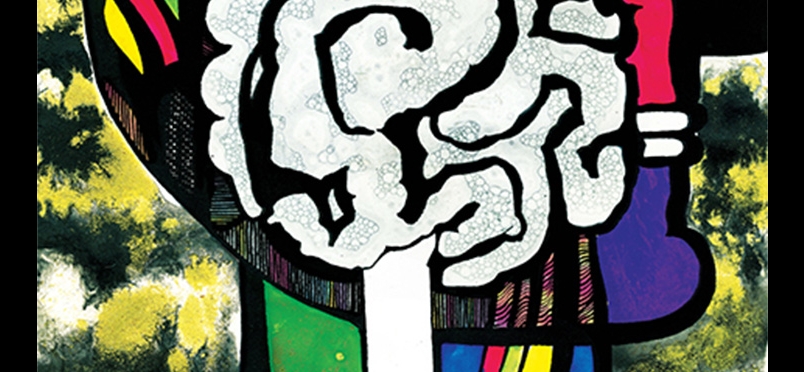| migraine
What Happens to Dopamine Levels During Migraine?

Shedding Light on a Poorly Understood Aspect of Migraine Research
The connection between migraine headache and dopamine levels has been a poorly understood area of therapy and research, although patients undergoing a migraine attack may often be administered dopamine antagonists to smooth fluctuations in dopamine levels and lessen the headache pain. New research undertaken at the University of Michigan sought to enhance this understanding via PET scans of the brain of migraineurs during and between attacks, and in comparison to healthy nonsufferers. The study reports that dopamine levels in patients who were between attacks were comparable to those of healthy controls, but that an attack was associated with a drop in dopamine. Co-author Kenneth Casey, MD, professor emeritus of neurology at University of Michigan, commented, "Dopamine is one of the main neurotransmitters controlling sensory sensitivity. Therefore, a drop in dopamine could produce increased sensory sensitivity so that normally painless or imperceptible sensory signals from skin, muscle and blood vessels could become painful."
The study, which appears online ahead of print in the journal Neurology, may support the hypothesis that migraine headache is characterized by sensory hypersensitivity, provoked by such stimuli as light, color, or sound. The researchers further observed a dopamine spike and a worsening of symptoms when warmth was applied to the foreheads of sufferers who were resting during an attack. Although small, the spike likely made symptoms worse due to the sensitized state of dopamine receptors. The authors state their hope that the findings may inform the development of better dopamine-based therapies for migraine.
Read a news story about the findings here.
The study abstract may be read here.
Other Categories:
Did you enjoy this article?
Subscribe to the PAINWeek Newsletter
and get our latest articles and more direct to your inbox
